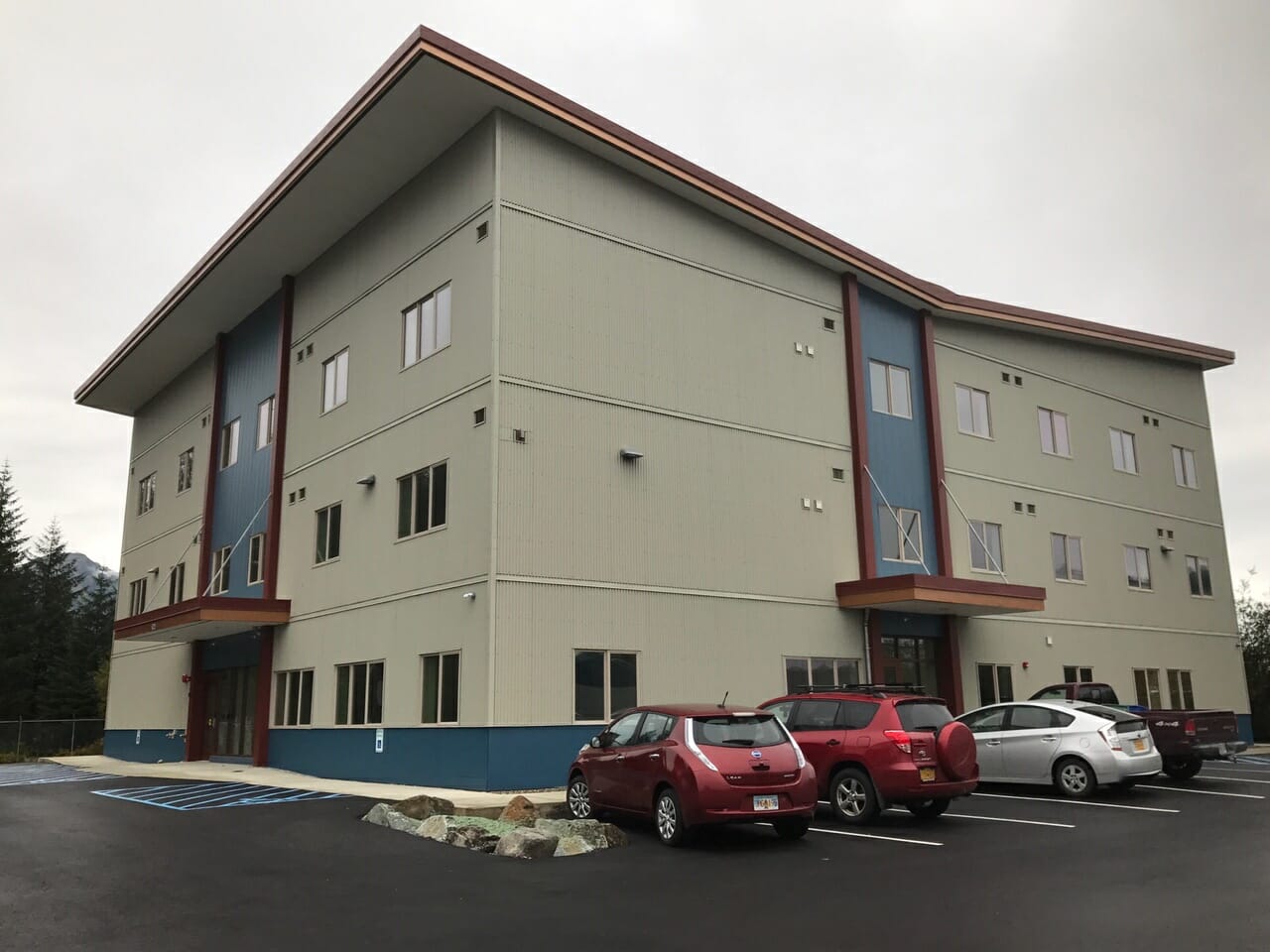
When it comes to housing homeless, identifying Juneau’s most vulnerable is step one
Juneau citizens stand ready to support those in need, but some struggle with the best way to help people experiencing homelessness. At the local government level, the City and Borough of Juneau is working with community partners to ensure the community’s most vulnerable residents get permanent housing when it becomes available.
Collaborating with the Juneau Coalition on Housing and Homelessness, CBJ’s Housing and Homelessness Coordinator Irene Gallion is helping to establish a system called “coordinated entry.” It’s a way of stewarding funds towards housing individuals most in need. Think of the community’s homeless population as a bell curve. Those at the far right of the curve have a disability, are frequent users of the system, including shelters and emergency services, and are defined as “chronically homeless.” Coordinated entry helps the Coalition focus on and house the chronically homeless. By focusing on this population, communities are also reducing the use of community resources and lowering the cost of emergency services.
Here’s how coordinated entry works: The first step is taken by the Coalition’s street outreach team, which is made up of “Navigators.” A Navigator’s primary job is to make sure that individuals experiencing homelessness are getting basic needs met, such as food, shelter, and health care. The Navigators will work with people experiencing homelessness to do a survey that includes questions about health and medications, cognitive function, substance use, experience of abuse or trauma, interactions with emergency services, personal finances and other self-care issues. The survey is long, and may take a few visits before the navigator has all the information on an individual. The survey is entered into the statewide Homeless Management Information System database, and the individual is assigned a “vulnerability score” based on their answers. Surveys are done on a voluntary basis; no one is forced to participate in coordinated entry, or any other homelessness services in the community. To get a sense of the number of residents that engage with the local homeless system, a “community dashboard” (https://www.icalliances.org/alaska-communities-dashboard/) is available that shows data on a quarterly basis – including the number of chronically homeless.
When housing becomes available, the CBJ will use the database to generate a list of individuals ranked from highest vulnerability to lowest. CBJ consults with other members of the Coalition, like shelter operators, health care providers, and counselors. Starting with the individual at the top of the list, the group will determine if that person would be a good match for the housing available. If they are, that person gets it. But there may be good reasons why the person is not a good match. For instance, someone who likes to set things on fire or has a history of assaulting their neighbors would not be a good fit for the apartment-style, high-density housing that’s available at the Juneau Housing First Collaborative Forget-Me-Not Manor. For someone like this, the group develops a plan to get other assistance in place and, ideally, more appropriate housing.
During the initial launch this winter, the coordinated entry system will be used to house residents in the Juneau Housing First Collaborative Forget-Me-Not Manor. Coordinated entry will eventually be used for other housing options as well, such as projects that receive tax credits or federal funding.
As CBJ and the Coalition work on establishing and launching coordinated entry, community members can also do something to help people experiencing homelessness: Support the member organizations of the Juneau Coalition on Housing & Homelessness by volunteering or providing donations. These organizations are the experts in the field and know how to leverage volunteer time and financial support.
